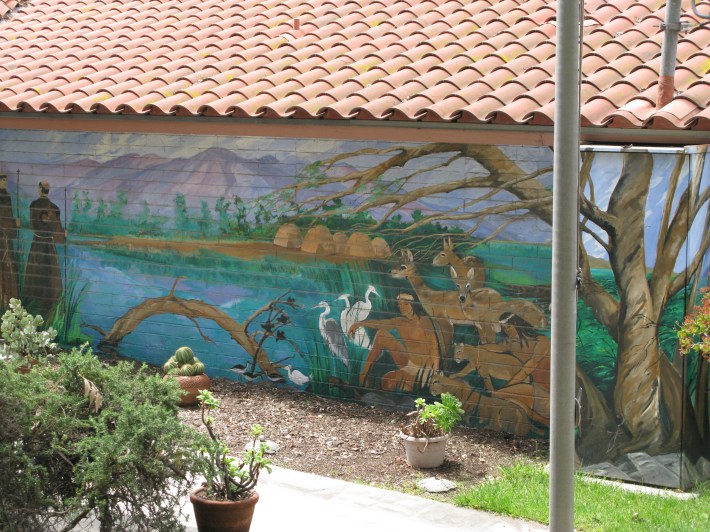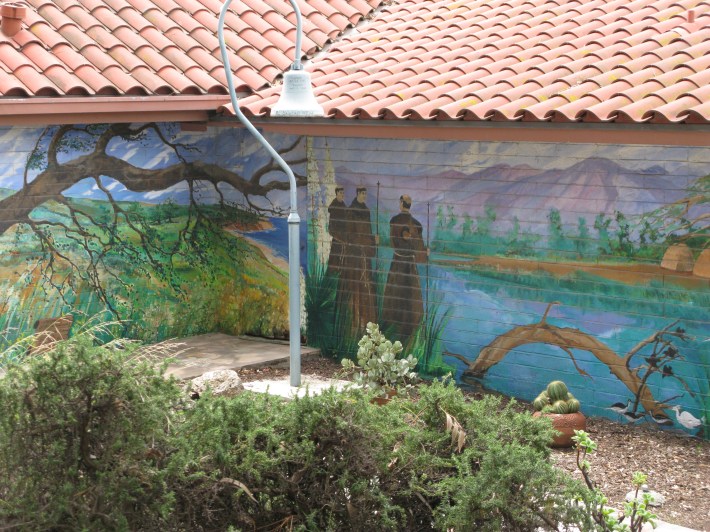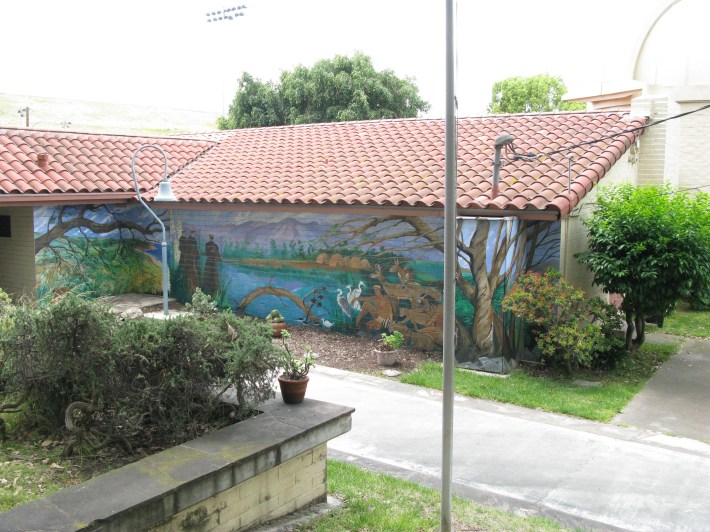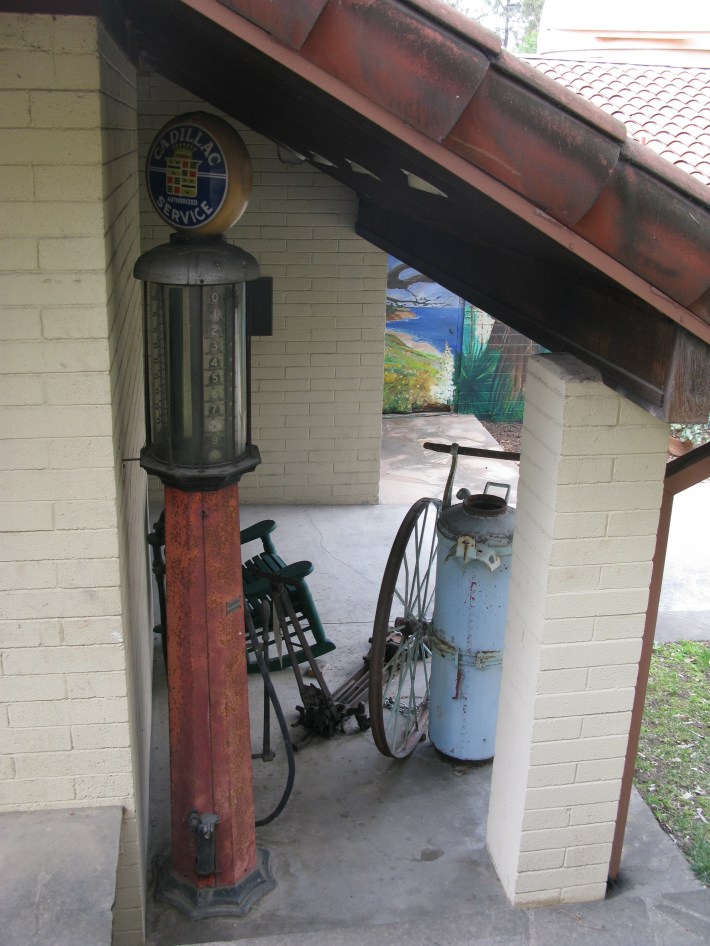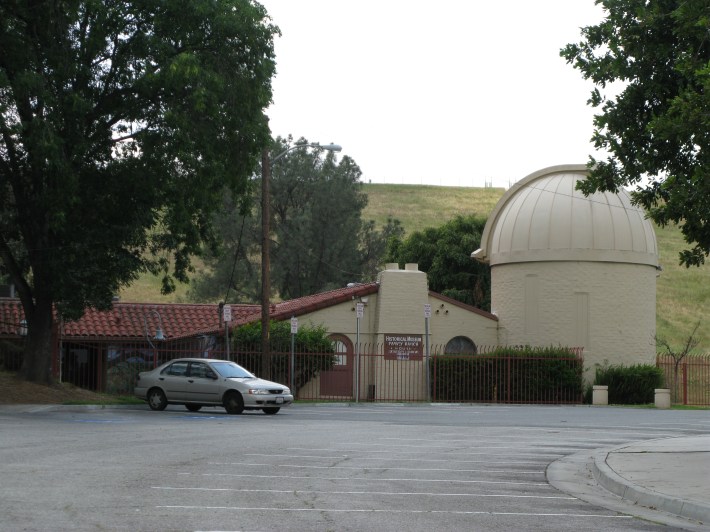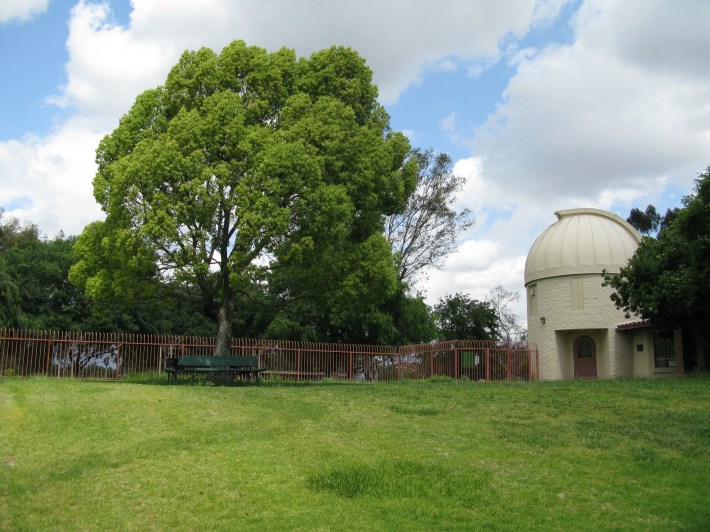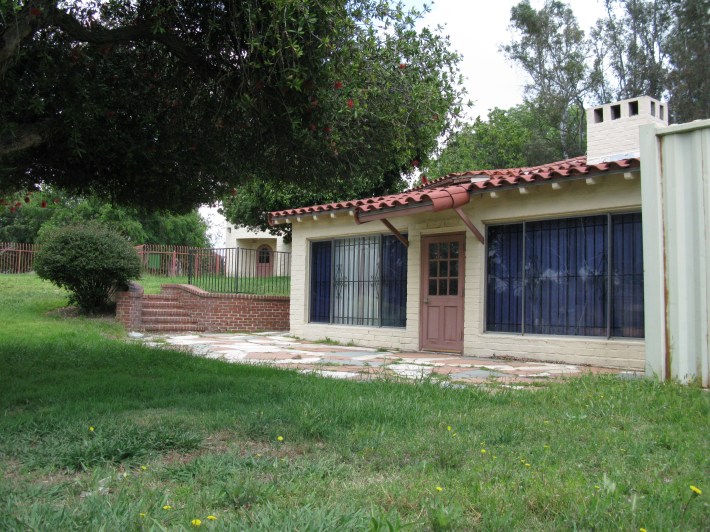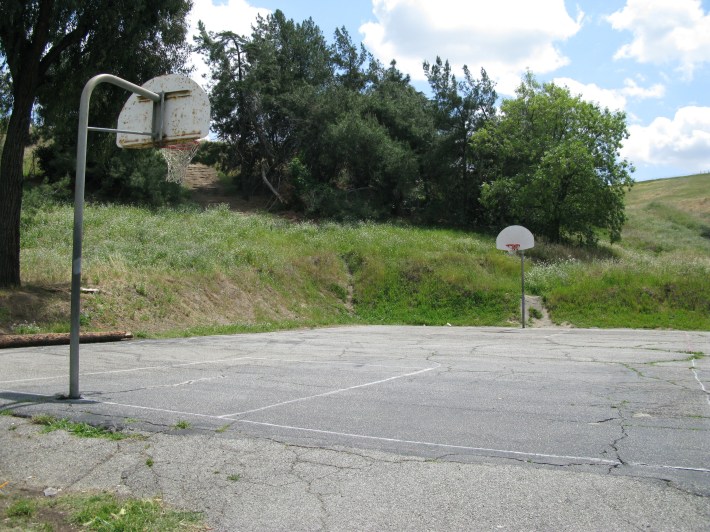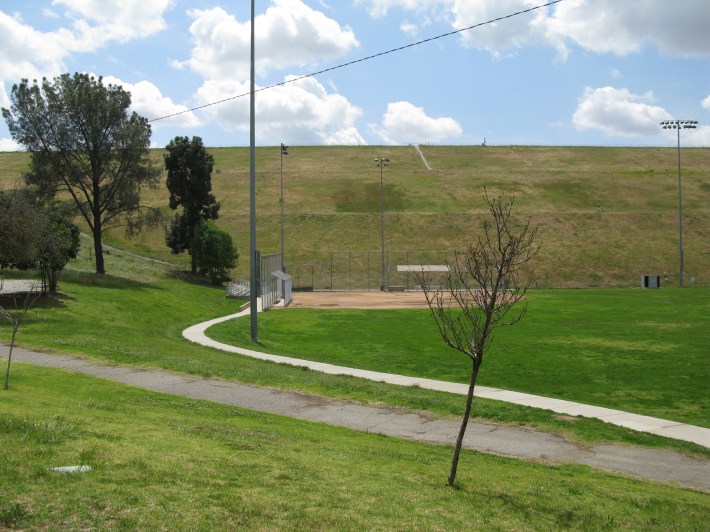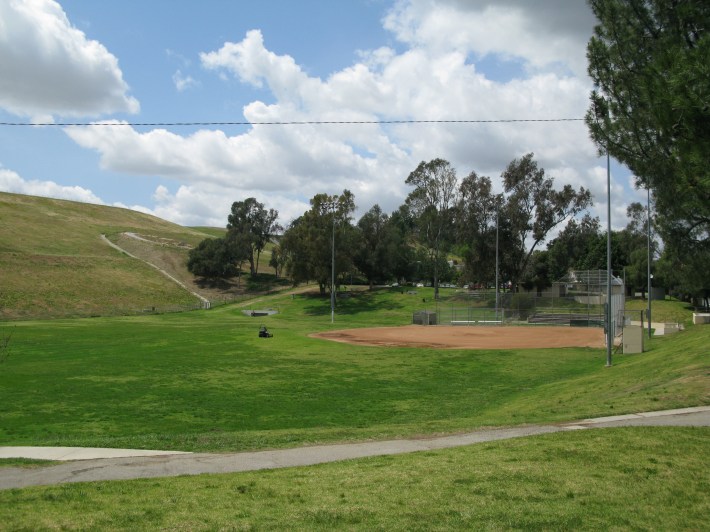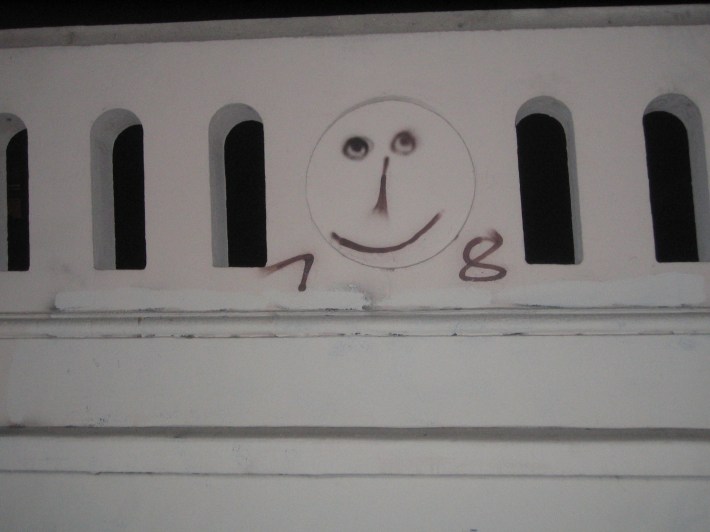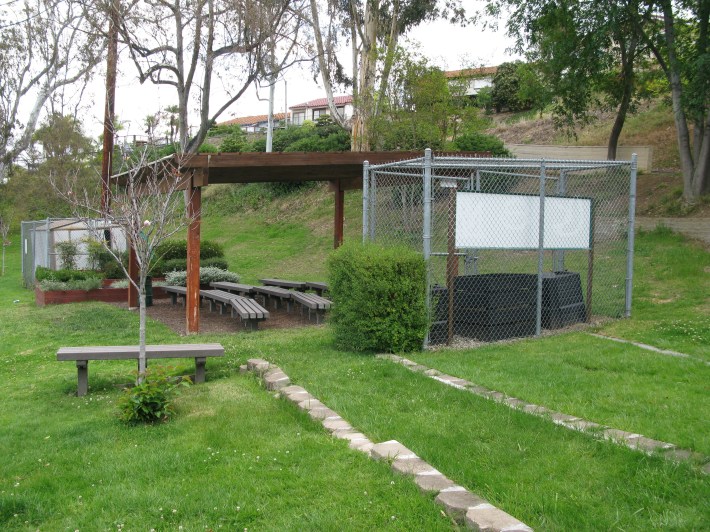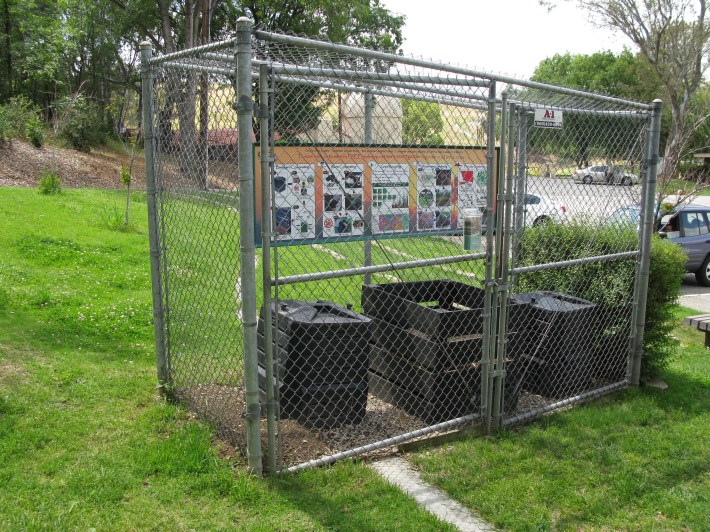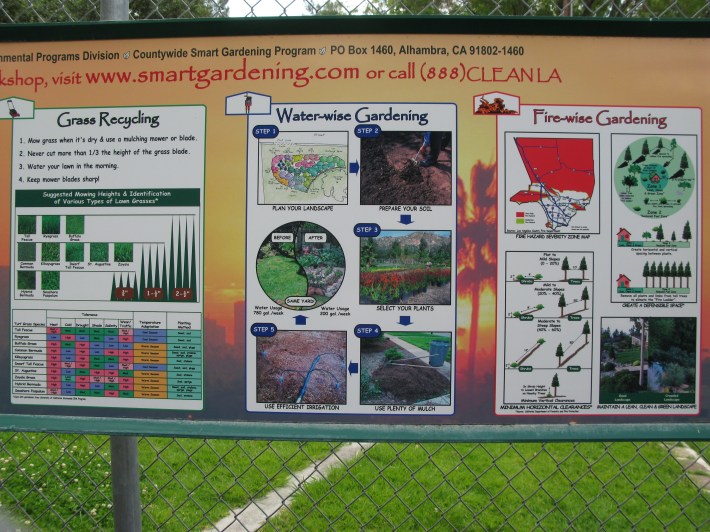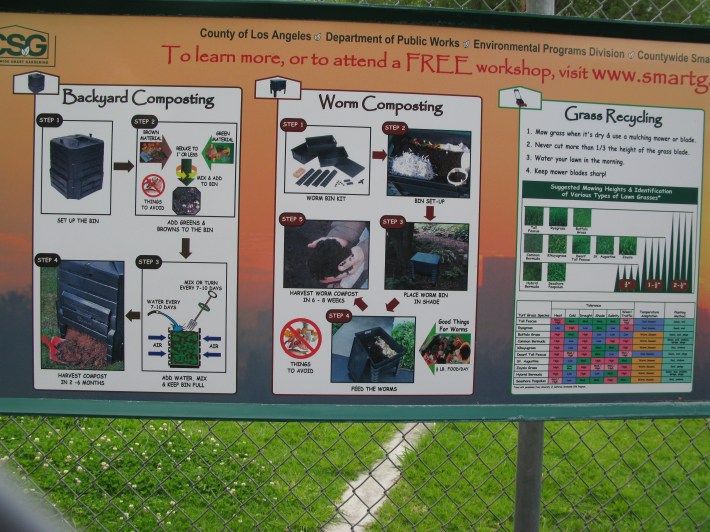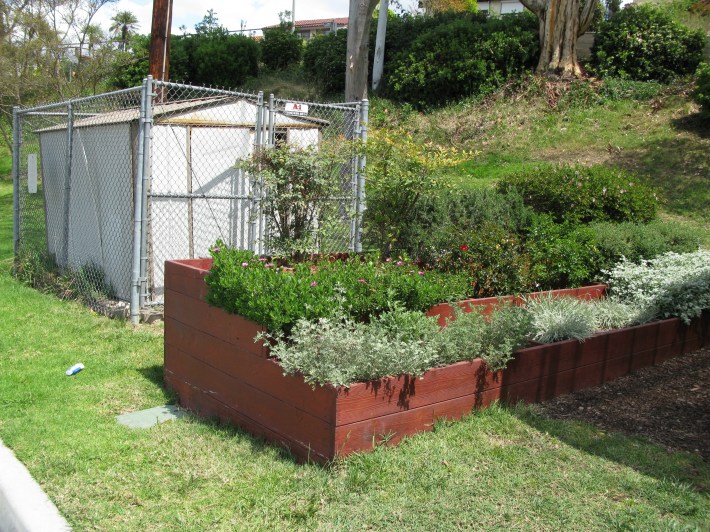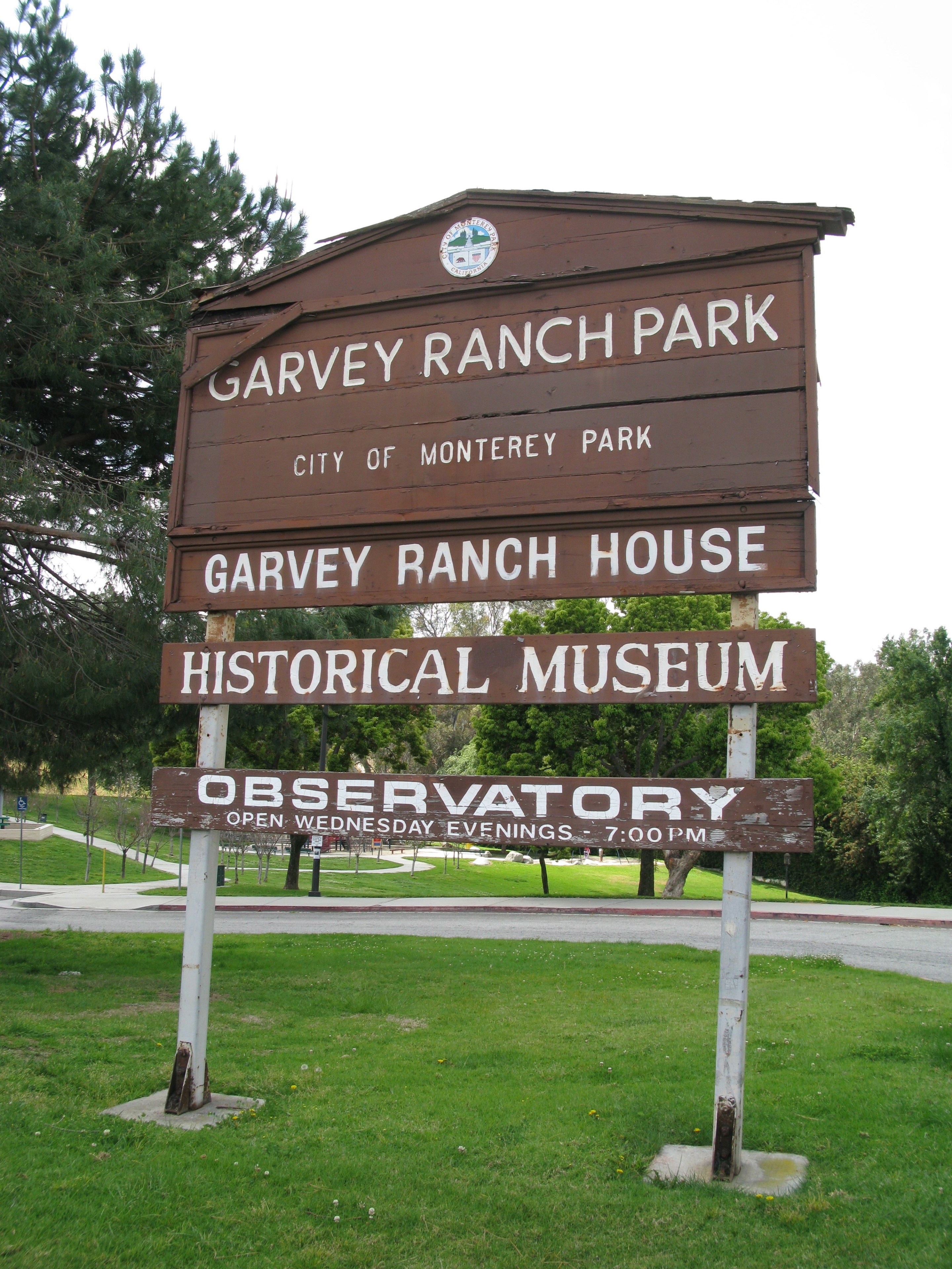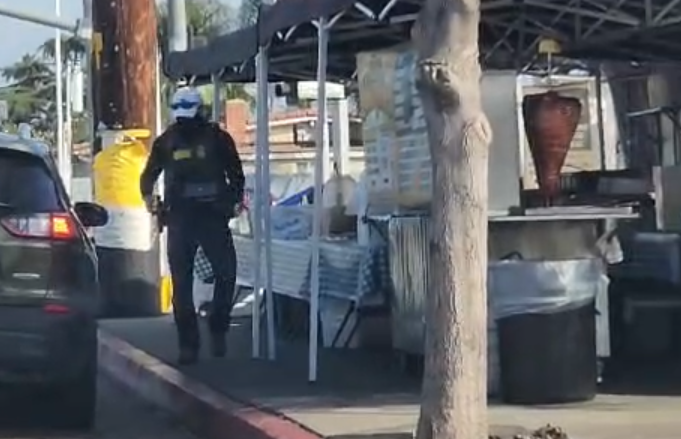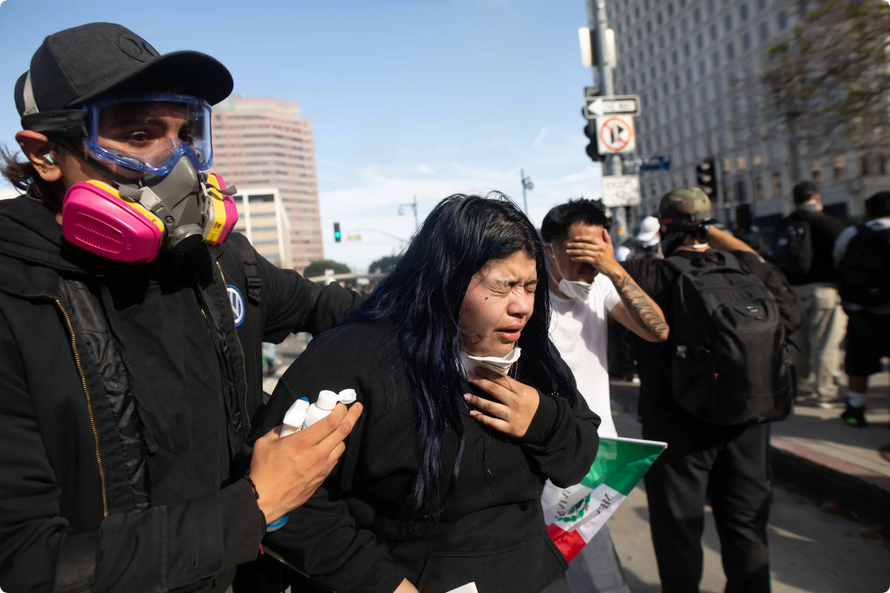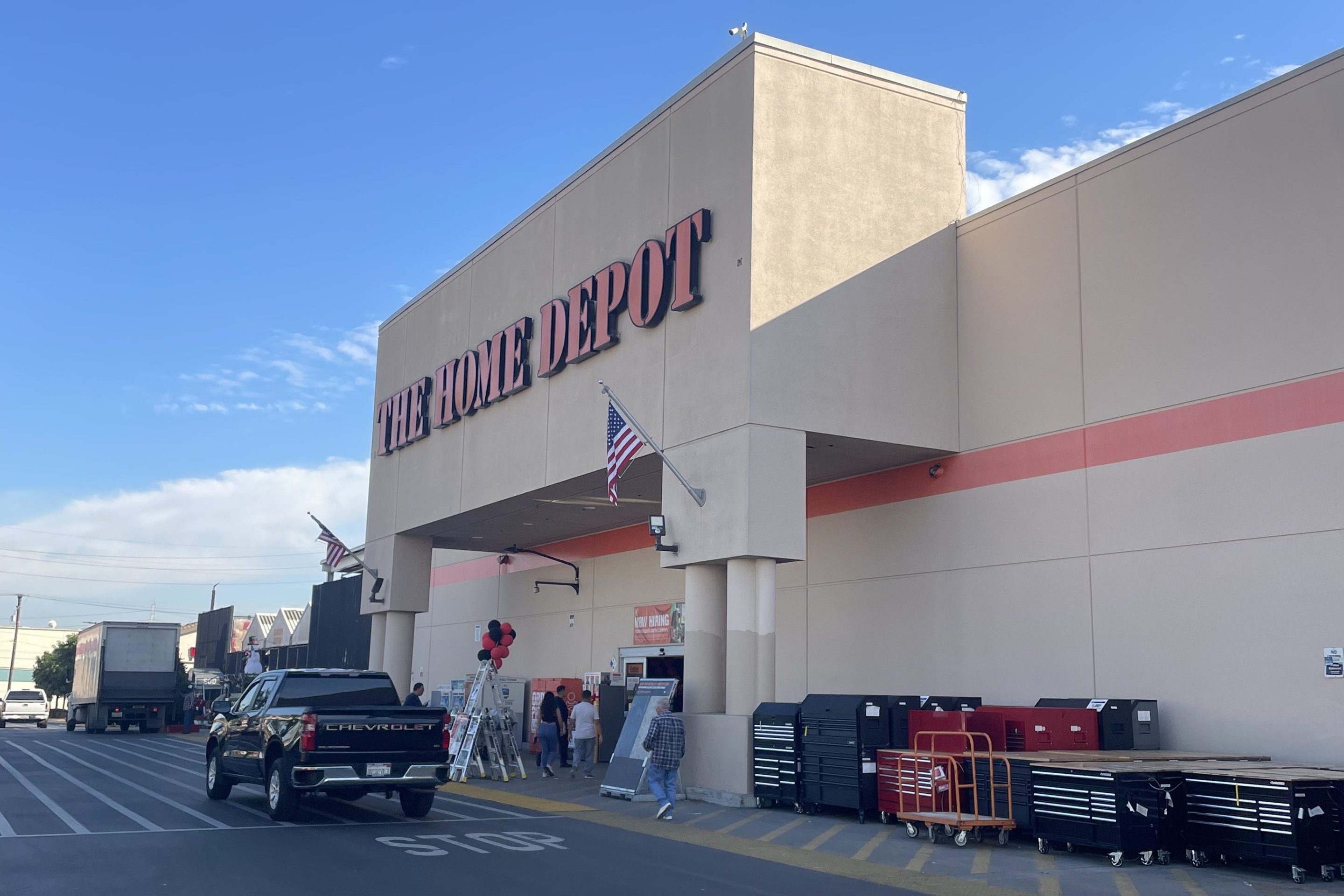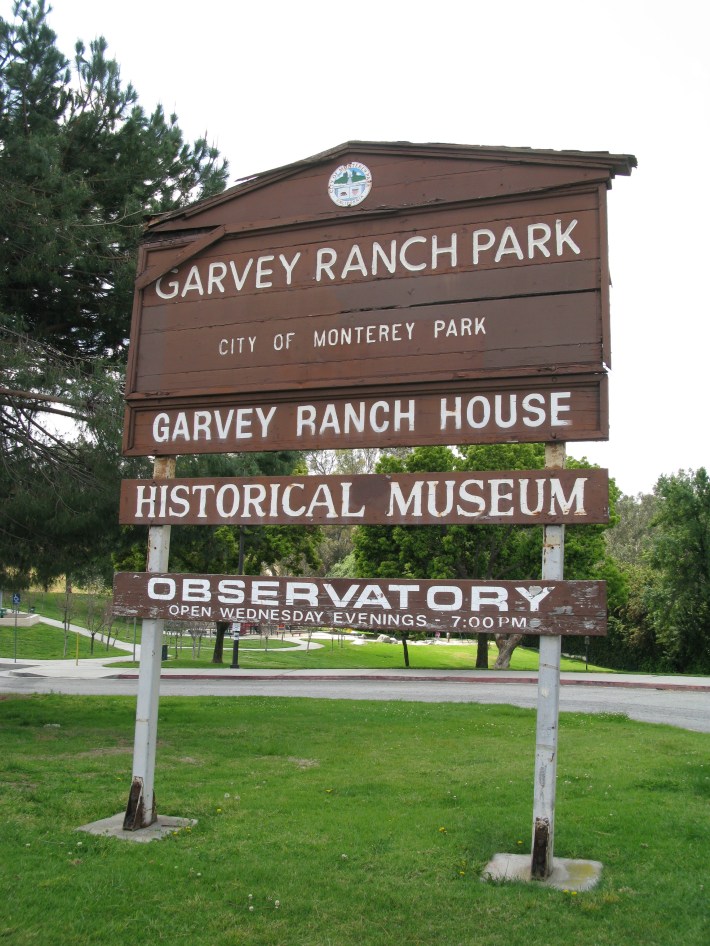
Garvey Ranch Park ~ Monterey Park
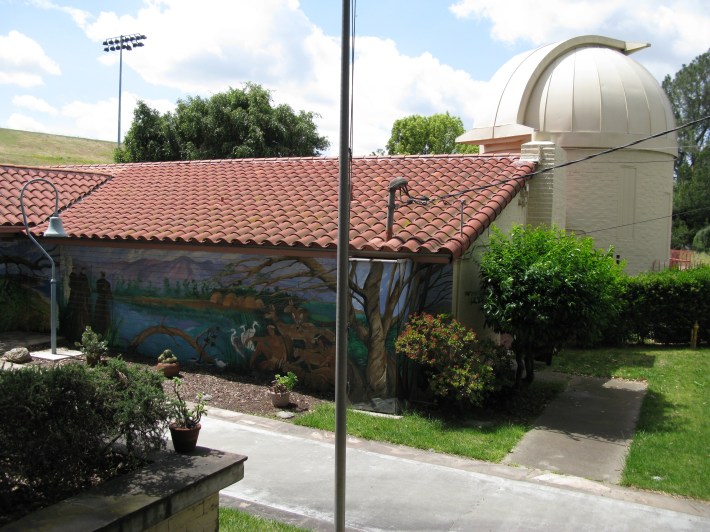
Following the Civil War, an Italian, Alessandro Repetto, purchased 5,000 acres (20 km2) of the rancho and built his ranch house on the hill overlooking his land, about a half-mile north of where Garfield Avenue crosses the Pomona Freeway, not far from where the Edison substation is now located on Garfield Avenue.
It was at this time, Richard Garvey, a mail rider for the U.S. Army whose route took him through Monterey Pass, a trail that is now Garvey Avenue, settled down in the King's Hills. Garvey began developing the land by bringing in spring water from near the Hondo River and by constructing a 54-foot-high (16 m) dam to form Garvey Lake located where Garvey Ranch Park is now. To pay for his development and past debts, Garvey began selling portions of his property. In 1906, the first subdivision in the area, Ramona Acres (named after the developer's daughter, who would also later inspire the title of the novel Ramona), was developed north of Garvey and east of Garfield Avenues.
In 1916, the new residents of the area initiated action to become a city when the cities of Pasadena, South Pasadena, and Alhambra proposed to put a large sewage treatment facility in the area. The community voted itself into cityhood on May 29, 1916, by a vote of 455 to 33. The City's new Board of Directors immediately outlawed sewage plants within city boundaries and named the new city Monterey Park. The name was taken from an old government map showing the oak-covered hills of the area as Monterey Hills. In 1920, a large area on the south edge of the city broke away and the separate city of Montebello was established. (Source)
